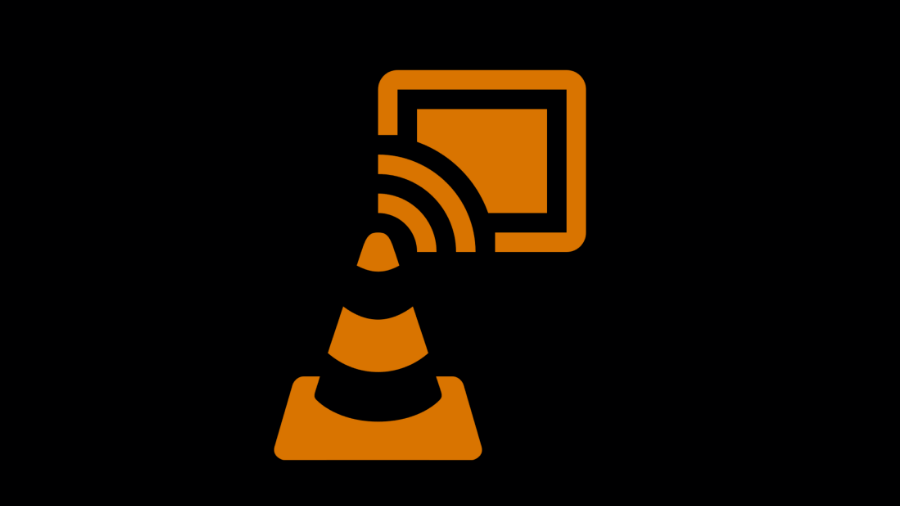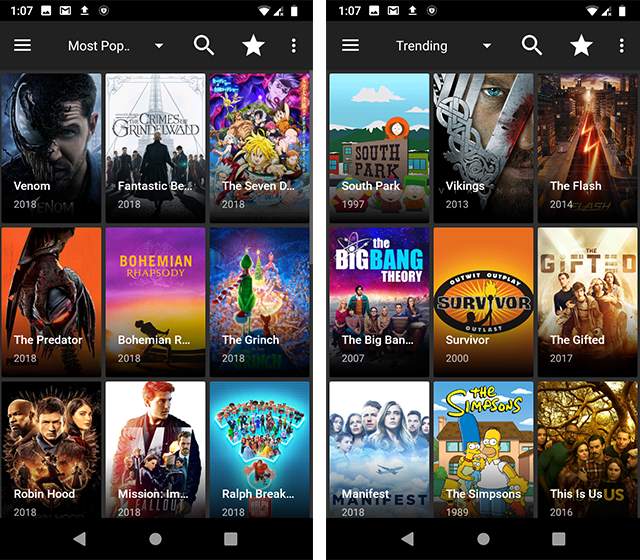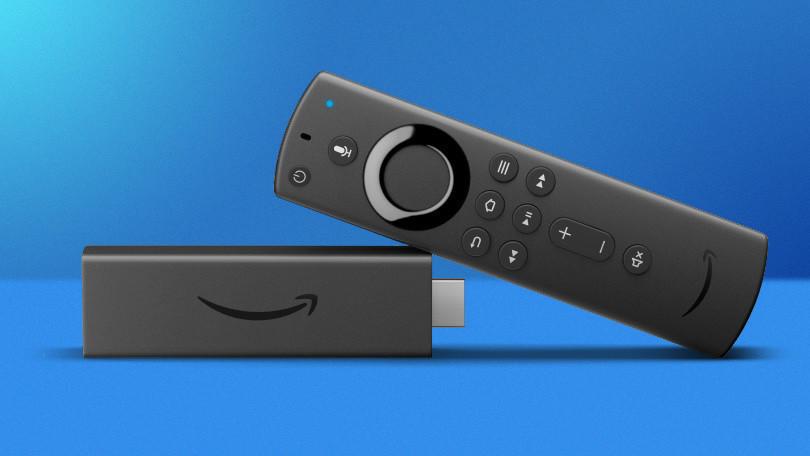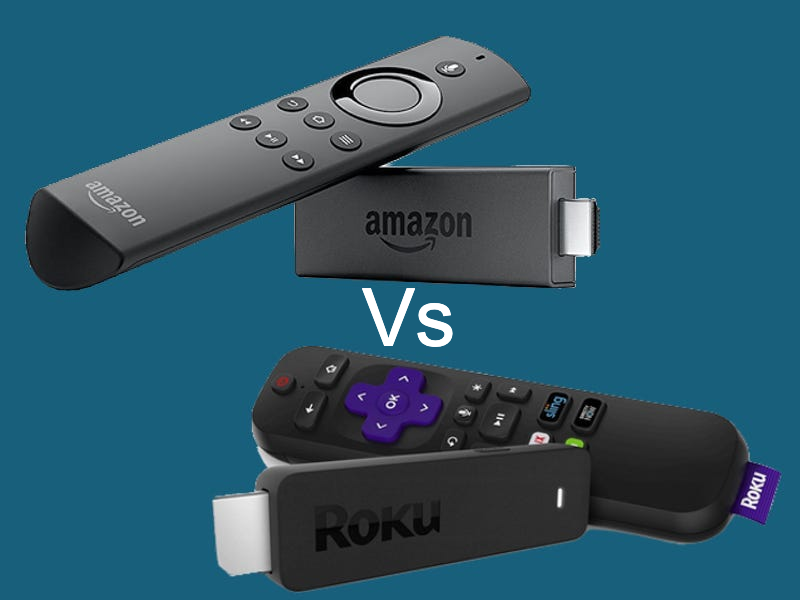VLC media players are in trend nowadays. You can watch multiple videos and movies on your PC, laptop, or mobile. It is a by-default platform that is supported by both Windows and Mac users. But what if you want to stream to a bigger screen? Binging movies and other videos on VLC is quite obvious but what if we connect our VLC with our TV? However, this was not possible until the VLC 3.0 version came out. VLC 3.0 version allows you to cast VLC to Chromecast. So, there are possibly some methods that can make you do so. Let us understand what those methods are and how they work.

Table of Contents
Points to Remember
Before you proceed first to make sure that you should take care of the following points. These points will make certain that the connection is established perfectly.
What are they?
- Ensure that the Chromecast and the VLC media player (running on whichever platform) should be connected to the same WIFI network.
- The latest version of VLC is 3.0. Be sure that you have installed the updated version. (In case you have no idea about the Version then Windows users should press “SHIFT+F1” together. Mac users should check it from the Menu Bar and from there go to ABOUT. You will get to know which version of VLC is supported by your device.) If you do not have the latest version then do update it as only this version supports casting features.
- Also, note that your device has not enabled the VPN mode otherwise connection won’t be established.
How to Cast VLC Media Player with Chromecast?
Casting VLC to Chromecast is not a big task. Just keep a note of the above-discussed points and there you go. The 3 methods are described with the complete guidelines. Follow them to make it work.
1. Casting Windows with Chromecast
After downloading the appropriate version of VLC it is time to cast it. Confirm that your Chromecast and the Device are ON and connected with the same WIFI network. Before you start, keep note that you won’t find the cast option to do that. Therefore, read the article carefully.
How does it work?
Step 1: Launch the VLC media player.
Step 3: Select the Playback option from the Menu Bar.
Step 4: Point your cursor over to the renderer option.
Step 5: It will further lead you to a row for selection. Select your Chromecast device. If you have renamed it then select accordingly.
Step 6: Now go to Media & Open File to select the video of your choice. Or you can simply drag and drop the file from Windows File into the VLC player.
Step 7: You might notice a warning “Insecure Site”. In such a case click on View Certificate and choose “Accept permanently”.
Step 8: Click OK to continue watching. You can also select the OK, “Don’t warn me again” option. However, accepting it permanently is not the right solution that we suggest to our viewers especially when your battery drains off soon.
Attention: If you do not find your Chromecast device at once then scan it multiple times. Wait for some seconds and execute the process. If still it is not available then check the connectivity between the device and Chromecast.
2. Casting VLC from MacBook with Chromecast
The procedure for this is very simple and quite similar to the previous methods. The only change is the operating system; the rest of the steps are the same. Following is the procedure to implement it.
How does it work?
Step 1: Direct to the VLC player.
Step 2: Click on the Playback option available in the Menu Bar at the top left corner of the Menu Bar.
Step 3: Now select the Renderer option from the column.
Step 4: Select your device from the results shown.
For instance, if you do not find your device or the No renderer option then make sure that your device and Chromecast device are connected to the same network or not. It is very necessary to connect them with the same network.
3. Casting VLC from Android with Chromecast
As VLC media player uses a lot of energy it is better suggested not to cast Android with Chromecast. But if you have a better pick then here are the steps to do that.
How does it work?
Step 1: The very first step is to install the Chromecast application on your Android and connect it to Chromecast TV.
Step 2: Open the VLC application and select the video that you want to share.
Step 3: Now, Launch the Chromecast application.
Step 4: Go to the Menu Bar and then select the option of “Cast screen/ audio”.
Step 5: Follow the instructions that are asked to do.
Step 6: Select the Full-screen option and there you go.
Wrap Up
All the 3 methods described above talk about casting the VLC media player with Chromecast. As the VLC media player consumes a lot of your battery select the device accordingly. If your device has a better battery pick up then allow only that device to cast with Chromecast. The tutorial was all about casting VLC to Chromecast using a different operating system and without wires. So, have fun by enjoying movies on a bigger screen with some easy and simple steps.
Frequently Asked Questions
Q1. How to disconnect VLC with Chromecast?
To disconnect the VLC media player with Chromecast you have to follow some set of steps to make it work. Here are some of the following steps that you need to go through.
How does it work?
Step 1: Open the VLC application.
Step 2: Go to the Playback option available in the top left corner of the menu bar.
Step 3: Now select the option of Renderer and click on “Local”.
This will enable you to come back to your normal device and it will run on your respective device. This is how it will work.
Q2. How to volume up and down with it?
All the features will be controlled through the device that you have cast to. Use that to volume up or down. You can also forward and rewind the video. Using your device will help you pause and play your video. So, whatever function that you want to operate will be done using the device that has been cast with Chromecast.
Q3. Can we add subtitles in the video and if yes then how?
Yes, we can add subtitles to the video that we are watching. All you need to do is turn on the subtitles mode from your device that has been cast with Chromecast and there you go. And if the video does not show you the subtitle then this means that the movie does not support the subtitle mode.
Q4. Is there any other alternative to cast?
Yes, there are some more alternatives through which you can cast your device. Miracast is one of them. It comes with a wireless dongle that gets connected to the HDMI port and gives you the HD quality streaming. Also, it is the best alternative of all because through this the security is exceeded. Running it over a server might cause some issues, for instance, some connectivity issues but no such issues will follow you. So, you can also try this as an alternative.


